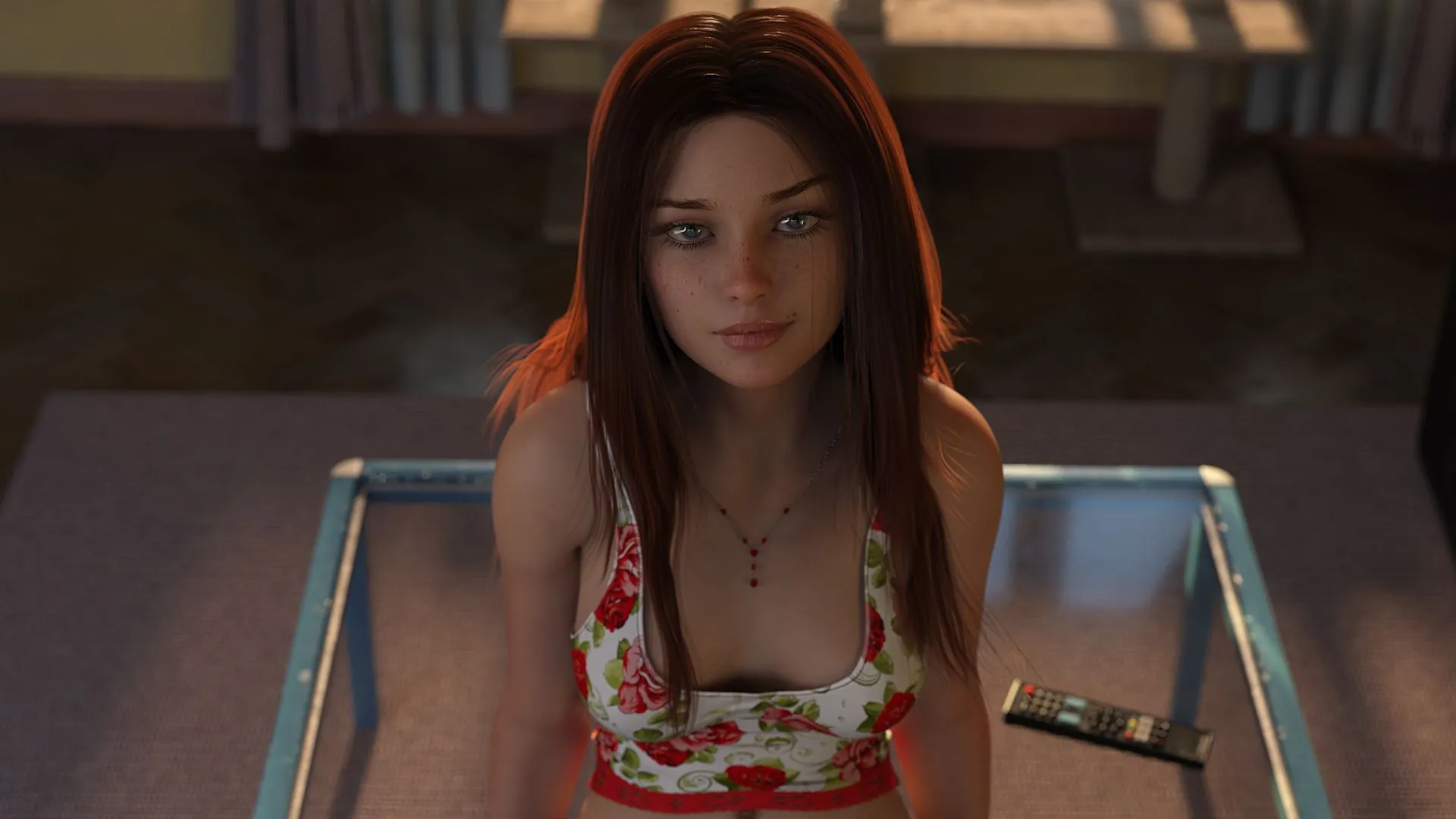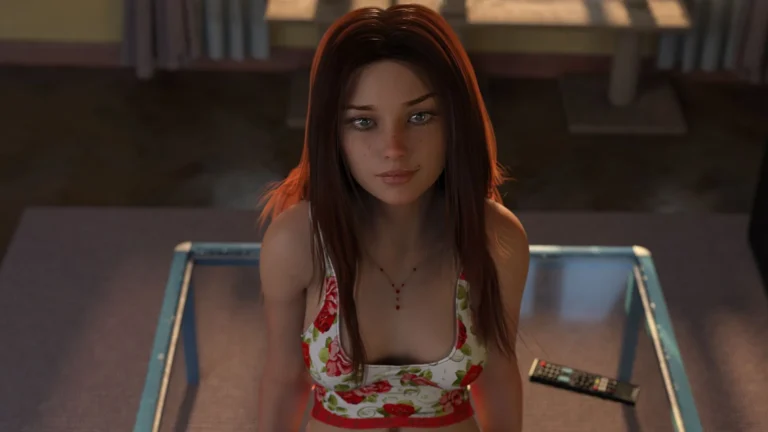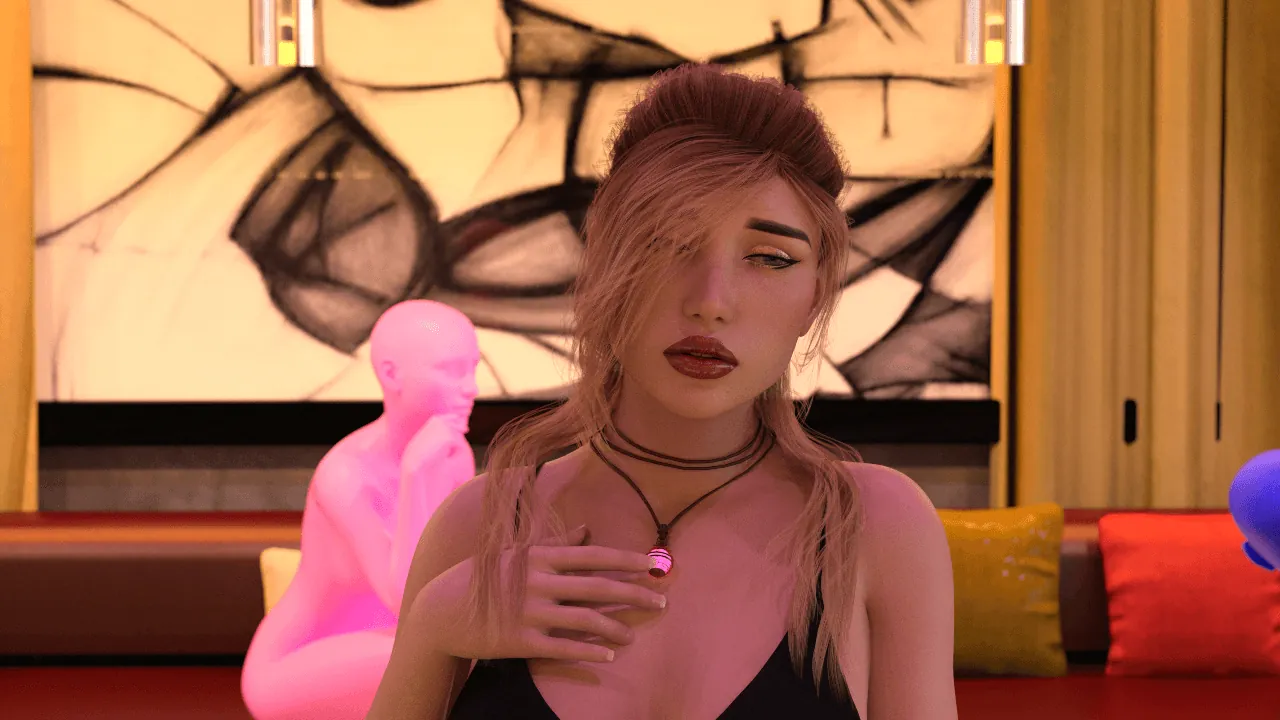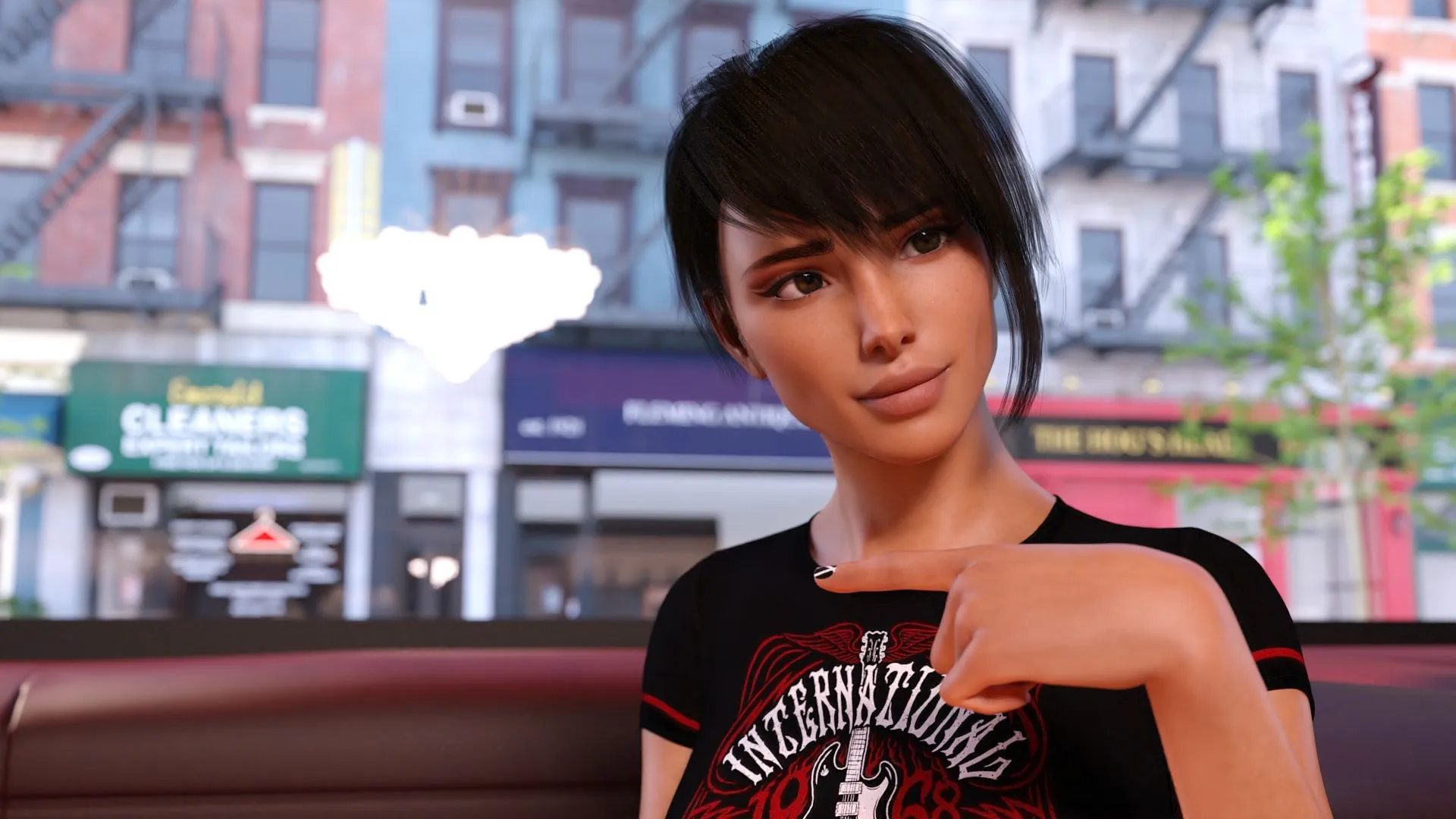
Summer’s Gone
Play Summer’s Gone
Summer’s Gone review
Exploring the Story, Gameplay, and Emotional Impact of Summer’s Gone
Summer’s Gone is an interactive visual novel that captivates players with its heartfelt story of healing, hope, and love. This game invites you to step into the shoes of a young protagonist navigating through emotional struggles and personal growth. With its compelling narrative and meaningful choices, Summer’s Gone offers a unique gaming experience that resonates deeply. In this article, we explore what makes Summer’s Gone stand out, from its storyline to gameplay, and share personal insights on why it leaves a lasting impression.
Unpacking the Story and Themes of Summer’s Gone
Let’s be honest, we’ve all played games that promise an emotional journey, only to be left feeling… nothing. The characters are flat, the plot is predictable, and you forget about it an hour after the credits roll. 😴 I was starting to think I was just too cynical for these kinds of experiences.
Then I played Summer’s Gone.
This isn’t just another visual novel; it’s a raw, unflinching look into the soul of a person shattered by loss. The Summer’s Gone story grabbed me from the first moment and didn’t let go, making me feel things I wasn’t entirely prepared for. If you’re looking for a shallow, happy-go-lucky romance, you might want to look elsewhere. But if you want a narrative that tackles the difficult, messy process of putting yourself back together, you’re in the right place. Let’s dive in. 🤿
What Is Summer’s Gone About?
At its core, the Summer’s Gone story is about a young man named William (though he goes by a different name now) who is, for all intents and purposes, a ghost. 🚶♂️ A tragic event—the sudden disappearance of his girlfriend, Summer—has completely broken him. We meet him years later, a hollowed-out shell of a person adrift in a world that has moved on without him. He’s emotionally numb, socially withdrawn, and haunted by a past he can neither forget nor move past.
The game begins as he’s reluctantly pushed back into the world, specifically into a college setting. This is the catalyst for the entire Summer’s Gone protagonist journey. It’s not a journey of epic quests or world-saving; it’s an internal, psychological trek through the wreckage of his own mind. The plot unfolds through his daily interactions, his strained attempts to reconnect with people, and the slow, painful process of deciding whether to live in the past or risk feeling something again.
What makes this interactive visual novel story so powerful is its pacing. It doesn’t rush his recovery. It wallows in the silence and the emptiness, making those small moments of connection—a genuine smile, a shared laugh—feel like monumental victories. You aren’t just watching a story about trauma; you are inhabiting the mind of someone living with it, and every choice you make feels weighted with the potential for either a setback or a step forward.
Key Themes: Healing, Hope, and Love
If I had to pinpoint the heart of the Summer’s Gone themes, it would be the painful, non-linear path of healing. This isn’t a game that offers quick fixes or magical solutions. The protagonist’s pain is a tangible presence, and the game is brave enough to sit with it, to explore its depths. The theme of healing is woven into every interaction, every memory, and every hesitant glance.
But where there is healing, there must also be hope. ✨ This is the second major pillar of the experience. Hope in Summer’s Gone is fragile. It’s not a blazing beacon, but a tiny, flickering candle flame in a vast darkness. You see it in the patience of the new people who enter his life, in the small routines he builds, and in the simple act of getting out of bed each morning. This delicate balance between enduring pain and nurturing hope is what makes this such a compelling emotional narrative game.
Finally, there is love. But it’s not the fairy-tale romance you might expect. The game explores love in all its forms: the agonizing love for someone who is gone, the tentative beginnings of new love, and the healing power of platonic love and friendship. It posits that love can be both the source of the deepest wounds and the most potent medicine for healing them.
I’ll never forget one particular scene where the protagonist is sitting alone in his room, staring at an old photograph. The dialogue options weren’t about grand declarations; they were simple, internal thoughts like “I miss her” or “I should put this away.” Choosing to put the photo away, even for a moment, felt like one of the most significant and emotionally draining decisions I’ve ever made in a game. It was a tiny act of self-preservation, a minute step on the path of healing and hope in games. That’s the power of this story.
Character Development and Emotional Depth
The true magic of Summer’s Gone lies in its cast. The character development in Summer’s Gone is nothing short of masterful. The protagonist isn’t a blank slate; he is a deeply defined, flawed, and complex individual. Watching him evolve—or sometimes fail to evolve—is the core of the experience. His growth is measured in millimeters, not miles. A sentence spoken without stuttering, a moment of eye contact held a second longer, a reluctant agreement to hang out—these are the milestones of his recovery.
And the characters around him are equally well-drawn. They aren’t just props for his story; they have their own lives, insecurities, and reasons for being drawn to this broken person. Your choices directly shape these relationships, making the interactive visual novel story feel deeply personal. Will you push someone away who is trying to help? Or will you let your guard down, risking further pain for a chance at connection?
This table highlights how some of the main characters contribute to the protagonist’s journey:
| Character | Their Role | Impact on Protagonist’s Journey |
|---|---|---|
| Bella | The fiery, direct love interest | Forces him out of his shell through sheer persistence and challenges his emotional numbness. |
| Sasha | The gentle, understanding friend | Provides a safe space without pressure, representing a quieter, more patient form of support. |
| Nami | The childhood friend | Connects him to a life before the trauma, symbolizing the person he used to be and could be again. |
This incredible character development in Summer’s Gone is what forges such a strong emotional bond with the player. You aren’t just making choices for a character; you feel responsible for his well-being. You celebrate his small breakthroughs and feel the sting of his relapses. You become invested in his Summer’s Gone protagonist journey because it feels real, messy, and profoundly human. 💙
Ultimately, the Summer’s Gone story is a testament to the idea that our scars don’t have to define us, but they are a part of us. The Summer’s Gone themes of healing, hope, and love are handled with a rare sensitivity that respects the gravity of its subject matter. It’s a powerful reminder of the potential for video games, and specifically the emotional narrative game genre, to explore the deepest corners of the human experience. If you’re ready for a story that will stay with you long after you’ve put it down, your journey awaits. 🛣️
Summer’s Gone stands out as a deeply moving interactive visual novel that explores themes of healing, hope, and love through a compelling narrative and meaningful player choices. Its immersive gameplay and thoughtful design create an emotional experience that resonates with many players. Whether you are drawn to its story or the interactive elements, Summer’s Gone offers a unique journey worth exploring. Dive in and discover the impact this game can have on your perspective and emotions.



















